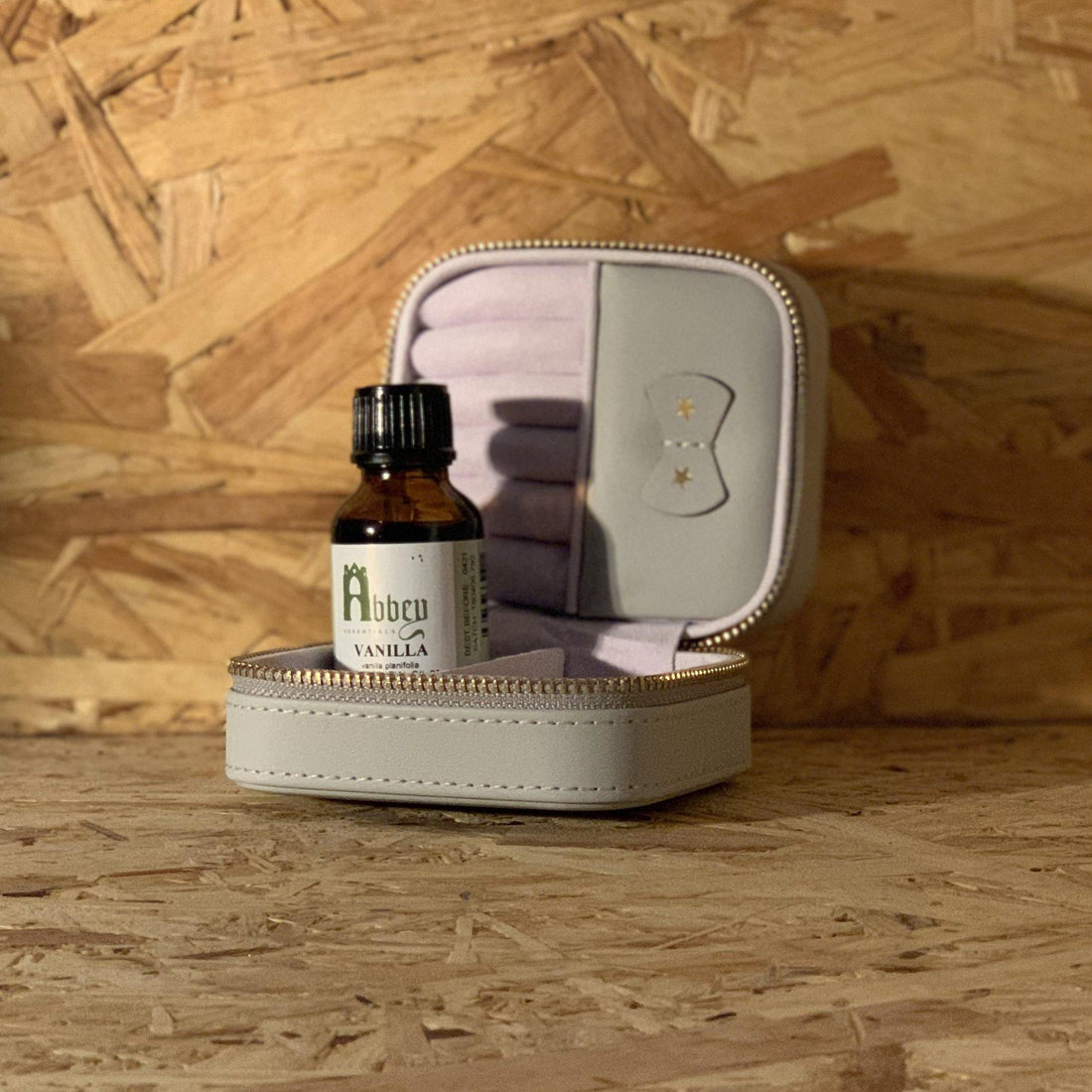
Five tips for making your own essential oil products
Share this post
We love seeing the diverse range of products our customers make using our oils and extracts. We’ve always been inspired by your creativity, and we feel so excited seeing your work on social media!
Now, many people are choosing to create their own bath and body products for personal use. It makes perfect sense; it’s a cheaper, sometimes safer alternative to store bought cosmetics. And it’s a rewarding hobby for when you have too much time on your hands.
This month, we’re sharing our best tips on making essential oils products at home, so you can get off to a flying start. Not to blow our own trumpet, but our 20+ years of product creation experience means we have some exclusive pearls of wisdom to share with you.
Start with simple base products
If you’ve never made your own products with essential oils before, go easy on the ingredients. The more you add to your recipe, the more you’ll need to play around with individual measures. Some recipes only need a few ingredients - for example, an essential oil room spray can be made with distilled water, a few drops of essential oil, and a preservative such as ethanol.
If you’re feeling really sneaky, you don’t even need to make your own base product - you can buy something pre-made and add bespoke fragrance blends. There are plenty of melt and pour soap bases on the market that let you add colours and fragrances, and we have a whole collection dedicated to making your own products.
Combine base, middle, and top notes
One of our earliest blog posts explored the idea of base, middle, and top notes. For a well-rounded fragrance, you’ll ideally need one of each in your mixture. But this is more of a soft rule. Fragrance is highly personal; you might enjoy a few drops of lavender, your friend might like an entire apothecary worth of aromas.
The base + middle + top note combination is more about creating fragrances that last longer and have layers and complexity. This doesn’t mean it’s the best option for you, and you may find you much prefer one or two drops of a single oil. For example, if you’re making an essential oil roller blend or room spray, you can reduce the number of times you need to use them by creating a fragrance layered with base, middle, and top notes.
Keep heat to a minimum
This is the hardest section to provide advice on. Essential oils have different boiling points depending on their composition, so as a general rule, try to use as little heat as possible in your processes. As a general rule, thicker oils might need a little more heat to make them easier to work with.
This one’s just for soap makers: the saponification process can heat things up even further, so make sure you allow for this in your recipe. Warming oils like clove and cinnamon can increase temperatures further too. Be careful out there!
Don’t overprocess your oils
When essential oils are overheated, the fragrance can change. Some essential oil properties evaporate in the heating processes, while others remain. This means your ylang ylang soap might cool down with a noticeably different fragrance.
If the scent is a sticking point, some synthetic fragrances can be heated to a higher temperature without spoiling the structural integrity of the oil. But you won’t get the same therapeutic effects as you would from essential oil.
Make them your last step
If your recipe requires lots of heating and cooling, save the essential oils as one of your last steps. As we’ve already discussed, heating essential oils to a high temperature can spoil their therapeutic properties. Worse still, heating, cooling, and reheating them will ruin the structural integrity, and you’ll lose the fragrance and the aromatherapeutic benefits.
This is an easy fix, though. Simply add them in as your last step, so you can avoid over-processing the essential oils. As long as you’re stirring them correctly, the fragrance will last much longer and stay true to the original scent.
Have you made your own aromatherapy products before? We’d love to see your results from trying some of our tips - be sure to reach out on Facebook and Instagram!
